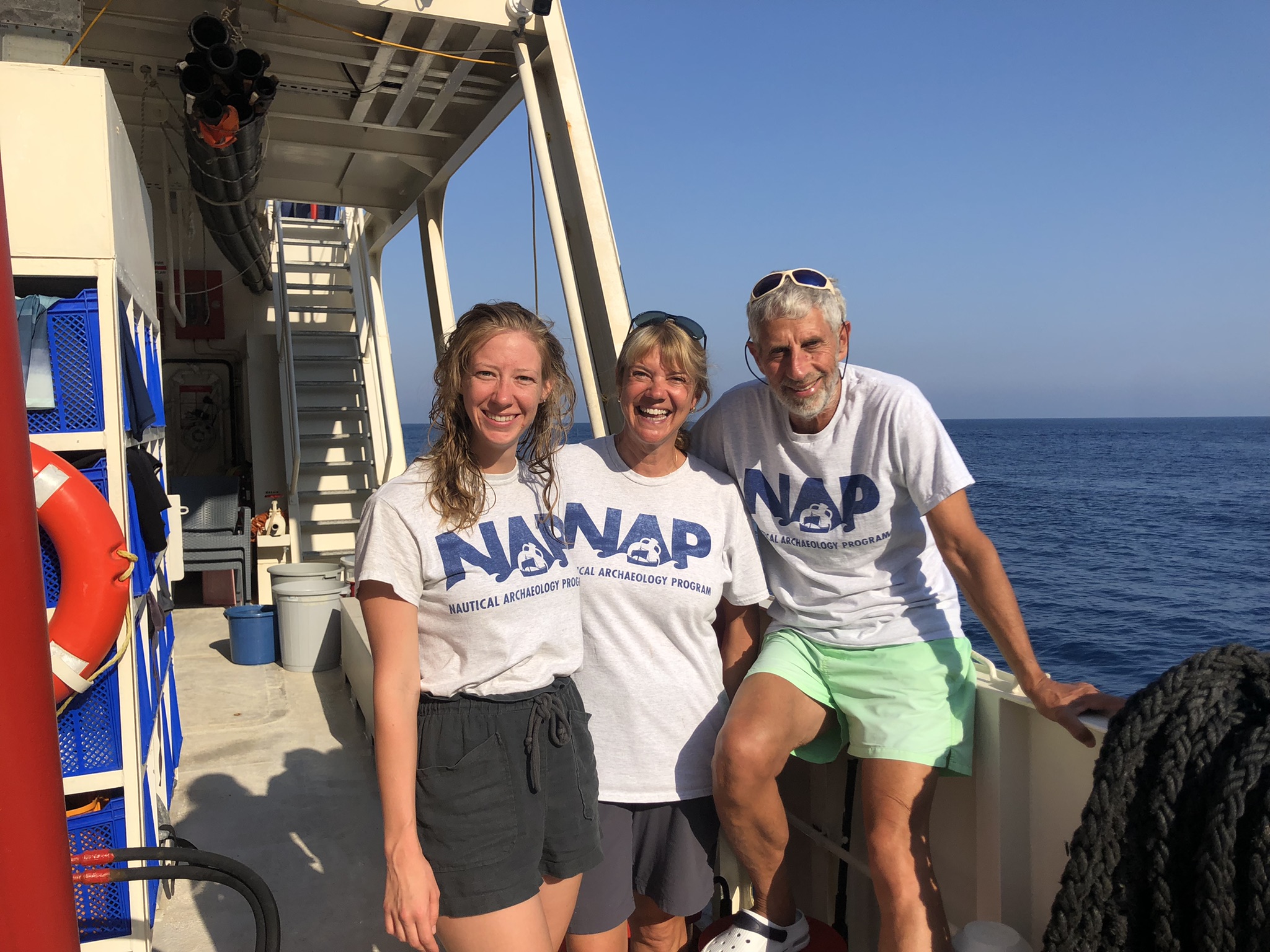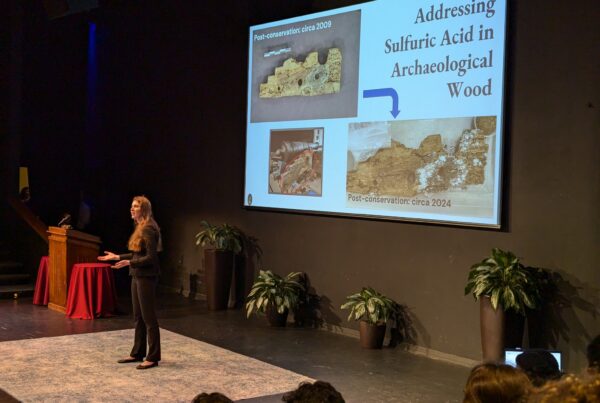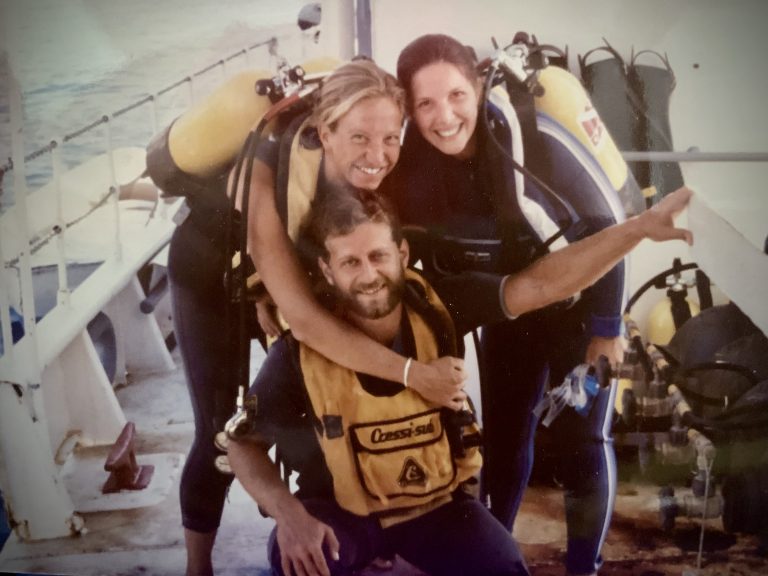Established in 1976, the Nautical Archaeology Program (NAP) was the first academic program in the United States to offer a graduate degree in the archaeology of ships and history of seafaring. The NAP curriculum focuses on the history of wooden ship construction; seafaring through the ages; maritime commerce, cargoes, and ports; and the techniques used to record, analyze and conserve the archaeological remains of these activities.
Nautical Archaeology Program
The Nautical Archaeology Program (NAP) at Texas A&M University is the oldest academic degree-granting graduate program in the U.S. devoted to the study of boats and ships and the cultures that created and used them. NAP Faculty provide instruction in the history of seafaring and wooden ship construction; maritime commerce and cargoes; the skills needed to record, excavate, analyze, and conserve the archaeological remains of these activities.




Nautical archaeology is the study of the remains of boats and ships and the cultures who created and used them. The mission of the Nautical Archaeology Program is to acquire and disseminate knowledge about seafaring and maritime history around the world.

NAP was founded in 1976 as a graduate program. Students can earn an M.S. in Maritime Archaeology and Conservation or a Ph.D. in Anthropology with a specialization in Nautical Archaeology.
Undergraduates at Texas A&M University have the option of earning a minor in Nautical Archaeology, and non-degree-seeking students may choose to pursue a certificate in Archaeological Artifact Conservation.
Event
Shipwreck Weekend
Shipwreck Weekend is a Nautical Archaeology Program Open House that is free and open to the public. The event occurs every spring and is run entirely by NAP graduate students. Shipwreck Weekend 2025 will take place Saturday April 5. This is a terrific opportunity to visit our laboratories, meet the NAP faculty and graduate students, and learn more about the latest research and technology in shipwreck archaeology. Every annual Shipwreck Weekend features a public lecture by an invited speaker, a Kids’ Fair and Open House, and a Book Sale where attendees can purchase discounted nautical archaeology titles (many signed by the author!) published by Texas A&M University Press.
RECENT NEWS

Shipwreck Weekend 2025

Congratulations to our NAP Three Minute Thesis Finalists!
FORMER STUDENT SPOTLIGHT

Nicolle Hirschfeld (M.A. 1990), Professor and Chair of Classics, Trinity University
“Working at Uluburun and earning my M.A. through NAP have been fundamental to shaping my person and career — in terms of academic identity, knowledge, skills, and professional relationships — and privileging me with adventures and memories and friends for a lifetime.”

